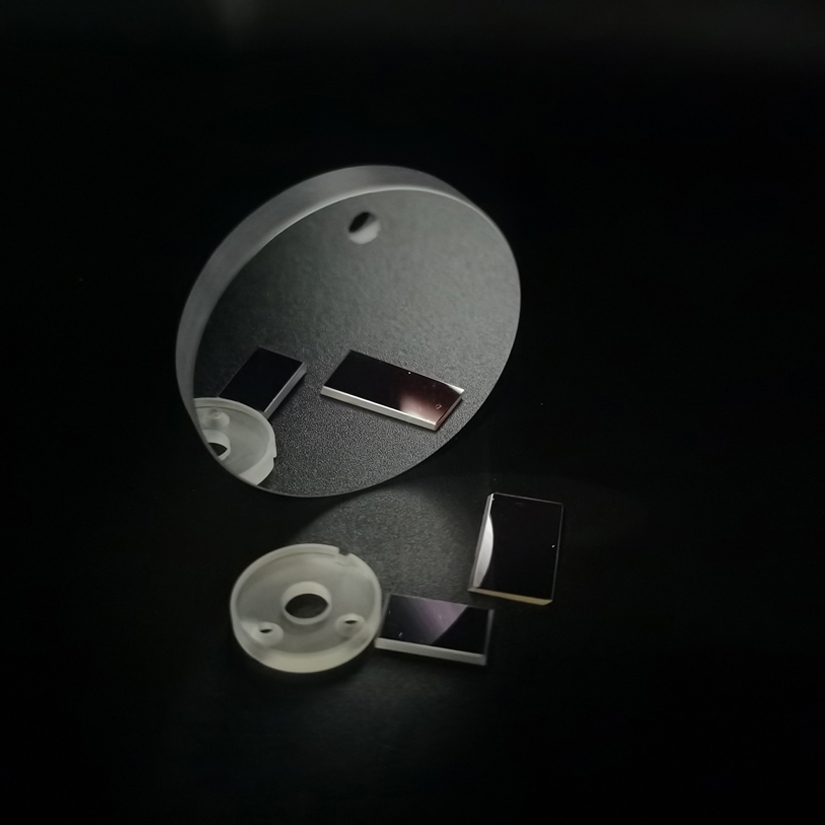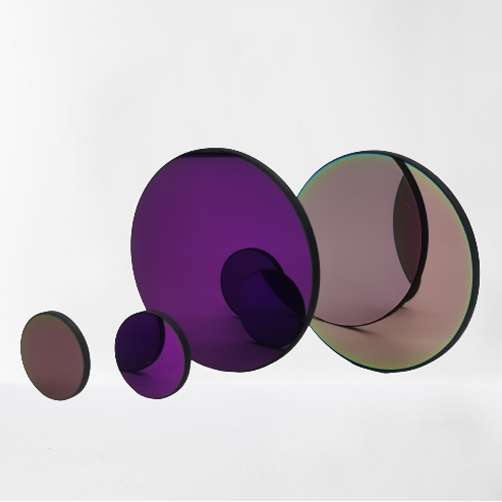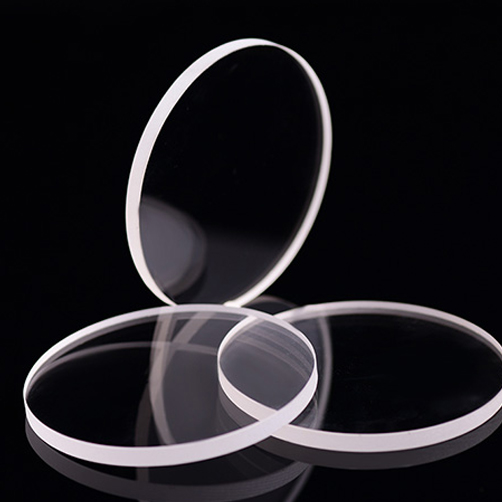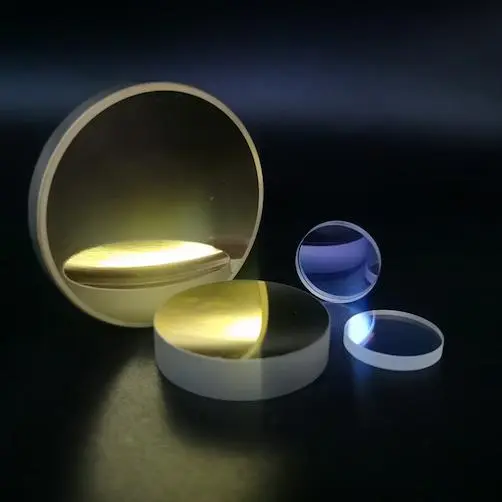
Some optical industry workers may be wondering what is the difference between narrowband filters and bandpass filters? Let's discuss it today.
Band pass filter optics allow optical signals to pass through in a specific wavelength band, while optical signals on both sides that deviate from this band are blocked. The passband of bandpass filters is relatively wide, generally half a The bandwidth is above 40nm!
The narrowband optical filter is divided into the bandpass filter, which belongs to a kind of bandpass filter. Its definition is the same as that of the bandpass filter, which allows the optical signal to pass through in a specific wavelength band. .
The optical signals on both sides that deviate from this band are blocked, but the narrow-band filter is relatively narrow.
The narrow-band filter mainly adopts the technology of all-dielectric hard coating and the principle of medium interference. On the basis of highlighting the characteristics of the narrow-band filter, the optical performance has nothing to do with the thickness of the substrate. The narrow-band filter is more convenient for built-in instrument imaging systems.
In order to improve its optical performance and apply it effectively, special optical material substrates are used to solve the problems of mildew and unstable optical performance of traditional absorption synthetic glass. The products are produced according to the customer's requirements.
The single-piece narrow-band filter does not use gluing or hard coating, and has long service life, small temperature drift, strict control of production process, and small error in product size and optical index.
Ultra-thin optical glass, high transmittance, good finish, small thickness tolerance, good flatness and other optical characteristics strong characteristics.
Its definition is the same as that of band-pass filtering, that is, this filter allows optical signals to pass in a specific wavelength band, and the optical signals on both sides that deviate from this band are blocked. The passband of narrow-band filters is relatively narrow. Generally, it is less than 5% of the central wavelength value.
Both of the above make the image band chromatic and seriously affect the imaging quality, even in the paraxial region. We define the wavelength of this diffraction direction, that is, the wavelength of the reflected light from the groove surface with the right diffraction direction on the grating as blaze wavelength.
This feature can be used to align the center wavelength within a certain range. The advent and application of electronic computers have greatly promoted the work of optical design.
The monitoring distance is long, up to 1500-5000 meters. The object distance ratio infrared thermometer to determine the target can be divided into monochromatic thermometer and dual color thermometer (radiation colorimetric thermometer) according to the principle.
Wavelength Range:
Bandpass Filter: A bandpass filter allows a broader range of wavelengths to pass through. It has a specified central wavelength and a bandwidth that defines the range of wavelengths transmitted. The central wavelength is typically chosen based on the application's requirements.
Narrowband Filter: A narrowband filter, on the other hand, only allows a very specific and narrow range of wavelengths to pass through. It has a much smaller bandwidth compared to a bandpass filter.
Bandwidth:
Bandpass Filter: The bandwidth of a bandpass filter is relatively wide compared to a narrowband filter. It allows transmission of a range of wavelengths around the central wavelength.
Narrowband Filter: The bandwidth of a narrowband filter is very narrow, often just a few nanometers or less. It is designed to transmit light within a highly restricted wavelength range.
Applications:
Optical Bandpass Filter: Bandpass filters are often used in applications where a specific range of wavelengths needs to be transmitted, such as fluorescence microscopy, environmental monitoring, or colorimetry.
Narrowband Filter: Narrowband filters are utilized in applications where precise isolation of a particular wavelength is crucial. This includes tasks like laser line filters for spectroscopy, astronomy filters, or applications where interference from other wavelengths must be minimized.
Selectivity:
Bandpass Filter: Bandpass filters are less selective in terms of wavelength isolation because they allow a wider range of wavelengths to pass through.
Narrowband Filter: Narrowband filters offer higher selectivity by allowing only a very narrow range of wavelengths to pass, effectively rejecting other unwanted wavelengths.
Light Intensity:
Bandpass Filter: Bandpass filters transmit a higher intensity of light because they allow a broader spectrum to pass through.
Narrowband Filter: Narrowband filters transmit a lower intensity of light but provide better spectral purity within the selected wavelength range.
The choice between a bandpass filter and a narrowband filter depends on the specific requirements of the optical system and the application's need for wavelength selectivity and bandwidth. Bandpass filters are suitable for applications where a broader range of wavelengths is acceptable, while narrowband filters are preferred for tasks requiring highly selective wavelength transmission.



